Administering Windows Server Hybrid Core Infrastructure AZ800 Course Outline
Module 1: Introduction to AD DS
- Introduction
- Define AD DS
- Define Users, Groups, and Computers
- Define AD DS Forests and Domains
- Define Ous
- Manage Objects and Their Properties in AD DS
Module 2: Manage AD DS Domain Controllers and FSMO Roles
- Introduction
- Deploy AD DS Domain Controllers
- Maintain AD DS Domain Controllers
- Manage the AD DS Global Catalog Role
- Manage AD DS Operations Masters
- Manage AD DS Schema
Module 3: Implement Group Policy Objects
- Introduction
- Define Gpos
- Implement GPO Scope and Inheritance
- Define Domain-Based Gpos
- Create and Configure a Domain-Based GPO
- Define GPO Storage
- Define Administrative Templates
Module 4: Manage Advanced Features of AD DS
- Introduction
- Create Trust Relationships
- Implement ESAE Forests
- Monitor and Troubleshoot AD DS
- Create Custom AD DS Partitions
Module 5: Implement Hybrid Identity with Windows Server
- Introduction
- Select an Azure Active Directory Integration Model
- Plan for Azure Active Directory Integration
- Prepare On-Premises Active Directory for Directory Synchronization
- Install and Configure Directory Synchronization with Azure Active Directory Connect
- Implement Seamless Single Sign-On
- Enable Azure Active Directory Login in for Windows VM in Azure
- Knowledge Check 1
- Describe Azure Active Directory Domain Services
- Implement and Configure Azure Active Directory Domain Services
- Manage Windows Server 2019 in an Azure Active Directory Domain Services Environment
- Create and Configure an Azure Active Directory Domain Services Instance
- Join a Windows Server VM to a Managed Domain
Module 6: Deploy and Manage Azure Iaas Active Directory Domain Controllers in Azure
- Introduction
- Select an Option to Implement Directory and Identity Services Using Active Directory Domain Services in Azure
- Deploy and Configure Active Directory Domain Services Domain Controllers in Azure Vms
- Install a Replica Active Directory Domain Controller in an Azure VM
- Install a New Active Directory Forest on an Azure Vnet
Module 7: Perform Windows Server Secure Administration
- Introduction
- Define Least Privilege Administration
- Implement Delegated Privileges
- Use Privileged Access Workstations
- Use Jump Servers
Module 8: Describe Windows Server Administration Tools
- Introduction
- Explore Windows Admin Center
- Use Server Manager
- List Remote Server Administration Tools
- Use Windows Powershell
- Use Windows Powershell to Remotely Administer a Server
Module 9: Perform post-installation Configuration of Windows Server
- Introduction
- List the Available Post-Installation Configuration Tools
- Configure Server Core Using Sconfig
- Use DSC to Configure Windows Server
- Perform Post-Installation Configuration with Windows Admin Center
- Configure a Server with Answer Files
Module 10: Just Enough Administration in Windows Server
- Introduction
- Explain the Concept Of Just Enough Administration (JEA)
- Define Role Capabilities for a JEA Endpoint
- Create a Session Configuration File to Register a JEA Endpoint
- Describe How JEA Endpoints Work to Limit Access to a Powershell Session
- Create and Connect to a JEA Endpoint
- Demonstration: Connect to a JEA Endpoint
Module 11: Administer and Manage Windows Server Iaas Virtual Machine Remotely
- Introduction
- Select the Appropriate Remote Administration Tool
- Manage Windows Virtual Machines with Azure Bastion
- Create an Azure Bastion Host
- Configure Just-In-Time Administration
Module 12: Manage Hybrid Workloads with Azure Arc
- Introduction
- Describe Azure Arc
- Onboard Windows Server Instances
- Connect Hybrid Machines to Azure From the Azure Portal
- Use Azure Arc to Manage Windows Server Instances
- Restrict Access With RBAC
Module 13: Configure and Manage Hyper-V
- Introduction
- Define Hyper-V
- Define Hyper-V Manager
- Configure Hyper-V Hosts Using Best Practices
- Configure Hyper-V Networking
- Assess Advanced Hyper-V Networking Features
- Define Nested Virtualization
Module 14: Configure and Manage Hyper-V Virtual Machines
- Introduction
- List the Virtual Machine Configuration Versions
- List the Virtual Machine Generation Versions
- List Available VHD Formats and Types
- Create and Configure Vms
- Determine Storage Options for Vms
- Define Shared Vhds and VHD Sets
- Implement Guest Clusters Using Shared VHDX
Module 15: Secure Hyper-V Workloads
- Introduction
- Define Guarded Fabric
- Define the Host Guardian Service
- Explore TPM-Trusted Attestation
- Define KPS
- Determine Key Features of Shielded Vms
- Compare Encryption-Supported and Shielded Vms in a Guarded Fabric
- Implement a Shielded VM
Module 16: Run Containers on Windows Server
- Introduction
- Define Containers
- List the Differences Between Containers and Vms
- Define Windows Server and Hyper-V Containers and Isolation Modes
- Explore Docker
- Prepare a Windows Server 2019 Host for Container Deployment
- Security, Storage, and Networking with Windows Containers
Module 17: Orchestrate Containers on Windows Server Using Kubernetes
- Introduction
- Define Orchestration
- Define Kubernetes
- Deploy Kubernetes Resources
- Create a Kubernetes Cluster on Windows
- Define Azure Arc
- Connect an Azure Arc-Enabled Kubernetes Cluster to Azure Arc
Module 18: Plan and Deploy Windows Server Iaas Virtual Machines
- Introduction
- Describe Azure Compute
- Describe Virtual Machine Storage
- Deploy Azure Virtual Machines
- Create a Windows Virtual Machine Using the Portal
- Create a Windows Virtual Machine Using Azure CLI
- Deploy Azure Virtual Machines Using Templates
- Describe Additional Management Optimization Options
Module 19: Customize Windows Server Iaas Virtual Machine Images
- Introduction
- Create a Generalized Image
- Create a New Virtual Machine from a Managed Image
- Create a Managed Image of a Generalized Virtual Machine in Azure
- Create a Virtual Machine from a Managed Image
- Implement Azure Image Builder
- Create a Windows Virtual Machine Using Azure Image Builder Template
- Create a Windows Virtual Machine with Azure Image Builder Using Powershell
Module 20: Automate the Configuration of Windows Server Iaas Virtual Machines
- Introduction
- Describe Azure Automation
- Implement Azure Automation With DSC
- Remediate Noncompliant Servers
- Describe Custom Script Extensions
- Configure a Virtual Machine by Using DSC
Module 21: Deploy and Manage DHCP
- Introduction
- Use DHCP to Simplify IP Configuration
- Install and Configure the DHCP Role
- Configure DHCP Options
- Configure DHCP Scopes
- Select DHCP High Availability Options
- Implement DHCP Failover
Module 22: Implement Windows Server DNS
- Introduction
- Explore the DNS Architecture
- Work with DNS Zones and Records
- Install and Configure the DNS Role
- Implement DNS Forwarding
Module 23: Implement IP Address Management
- Introduction
- Define IP Address Management
- Deploy IP Address Management
- Administer IP Address Management
- Configure IP Address Management Options
- Manage DNS Zones with IP Address Management
- Manage DHCP Servers With IP Address Management
- Use IP Address Management to Manage IP Addressing
Module 24: Implement Remote Access
- Introduction
- Examine the Remote Access Options in Windows Server
- Select and Set Up Vpns
- Use NPS to Create and Enforce Network Access Policies
- Plan and Implement NPS
- Deploy A PKI for Remote Access
- Use WAP as a Reverse Web Proxy
Module 25: Implement Hybrid Network Infrastructure
- Introduction
- Describe Azure Network Topologies
- Implement Azure VPN Options
- Create a Route-Based VPN Gateway Using the Azure Portal
- Implement Azure Expressroute
- Configure Azure Virtual WAN
- Implement DNS in Hybrid Environments
Module 26: Implement DNS for Windows Server IaaS VMs
- Introduction
- Understand Azure DNS
- Implement Azure DNS
- Create an Azure DNS Zone and Record Using the Azure Portal
- Implement DNS With Azure Iaas Virtual Machines
- Implement Split-Horizon DNS In Azure
- Troubleshoot DNS
Module 27: Implement Windows Server IaaS VM IP Addressing and Routing
- Introduction
- Implement a Virtual Network
- Implement Iaas VM IP Addressing
- Assign and Manage IP Addresses
- Configure a Private IP Address for a Virtual Machine Using the Azure Portal
- Create a Virtual Machine with a Static Public IP Address Using the Azure Portal
- Implement Iaas Virtual Machine IP Routing
- Implement Ipv6 for Windows Server Iaas Virtual Machines
Module 28: Manage Windows Server File Servers
- Introduction
- Define the Windows Server File System
- List the Benefits and Uses of File Server Resource Manager
- Define SMB and its Security Considerations
- Configure SMB Protocol
- Define Volume Shadow Copy Service
Module 29: Implement Storage Spaces and Storage Spaces Direct
- Introduction
- Define the Storage Spaces Architecture and its Components
- List the Functionalities, Benefits, and Use Cases of Storage Spaces
- Implement Storage Spaces
- List the Functionalities, Components, Benefits, and Use Cases of Storage Spaces Direct
- Implement Storage Spaces Direct
Module 30: Implement Windows Server Data Deduplication
- Introduction
- Define the Architecture, Components, And Functionality of Data Deduplication
- Define the Use Cases and Interoperability of Data Deduplication
- Implement Data Deduplication
- Manage and Maintain Data Deduplication
Module 31: Implement Windows Server Iscsi
- Introduction
- List the Functionalities, Components, and Use Cases of Iscsi
- List the Considerations for Implementing Iscsi
- Implement Iscsi
- Configure High Availability for Iscsi
Module 32: Implement Windows Server Storage Replica
- Introduction
- List the Functionalities and Components of Storage Replica
- Examine the Prerequisites for Implementing Storage Replica
- Implement Storage Replica by Using Windows Admin Center
- Implement Storage Replica by Using Windows Powershell
Module 33: Implement a Hybrid File Server Infrastructure
- Introduction
- Describe Azure File Services
- Configure Azure Files
- Configure Connectivity to Azure Files
- Describe Azure File Sync
- Implement Azure File Sync
- Deploy Azure File Sync
- Deploy Azure File Sync 2
- Manage Cloud Tiering
- Migrate from DFSR to Azure File Sync






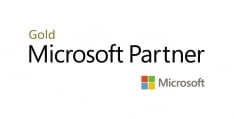

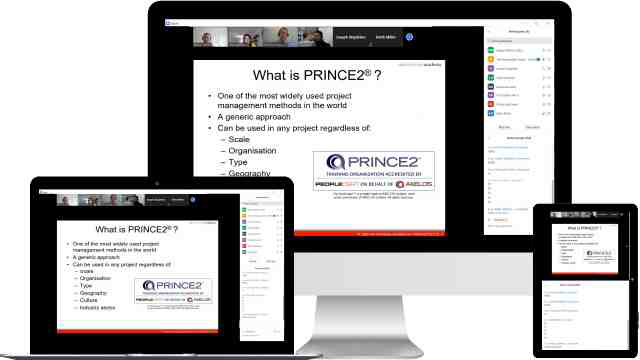
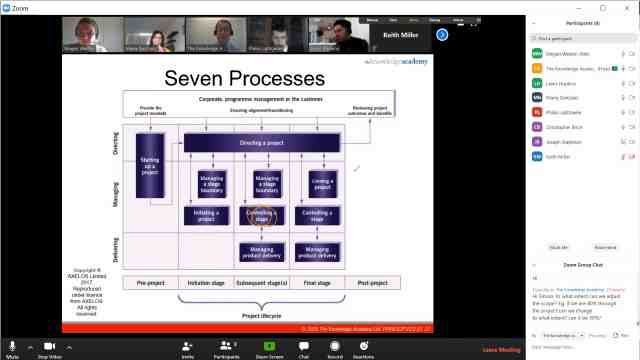
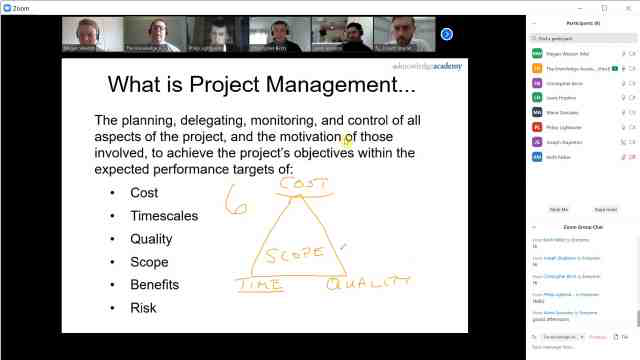
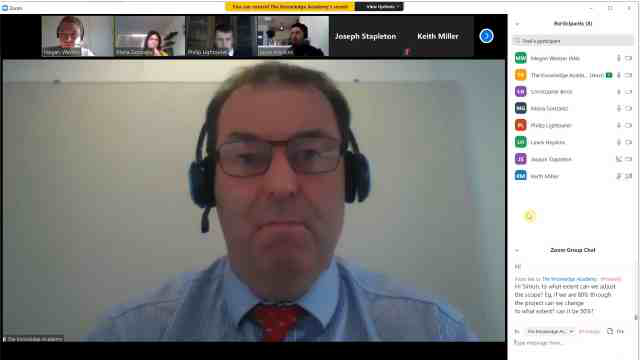
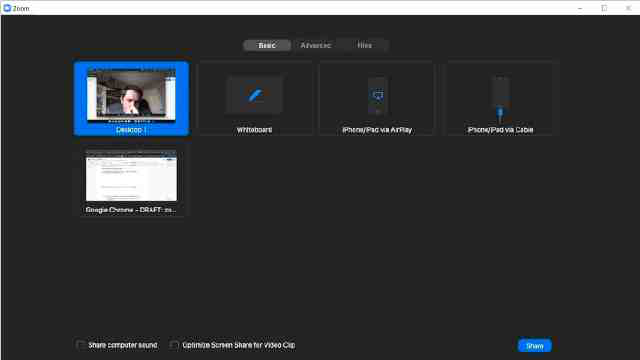




























 Back to course information
Back to course information




 If you wish to make any changes to your course, please
If you wish to make any changes to your course, please

